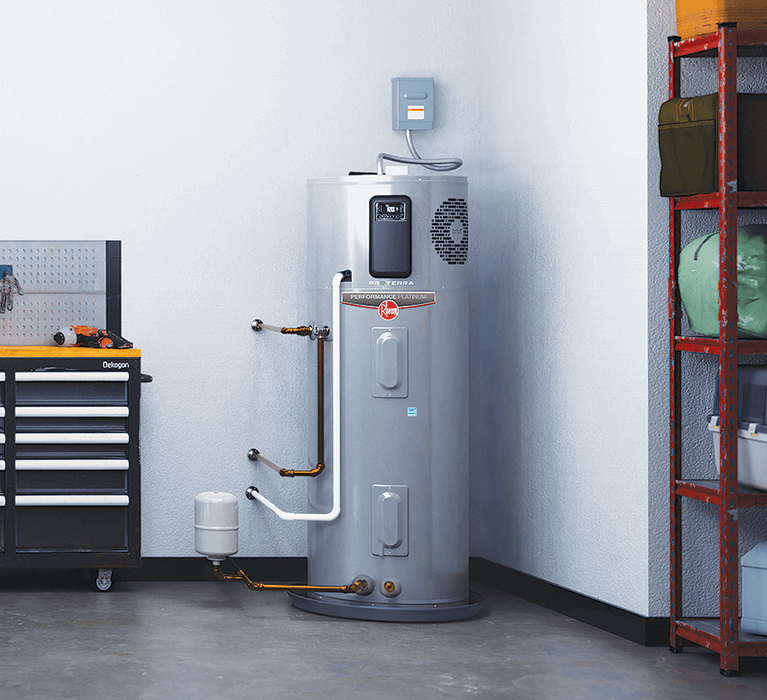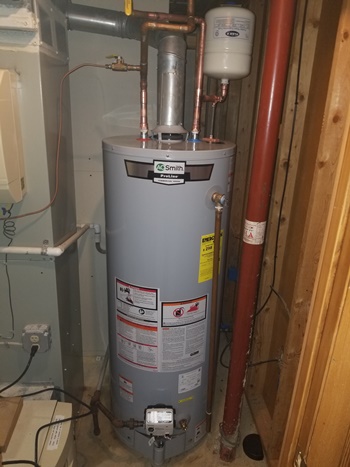Expert Tips for Caring for Your Home's Hot Water System
Expert Tips for Caring for Your Home's Hot Water System
Blog Article
This post down the page on the subject of How to Maintain a Hot Water Heater in a Few Simple Steps is without a doubt captivating. Check it out for your own benefit and figure out what you think of it.

Warm water is vital for daily comfort, whether it's for a rejuvenating shower or cleaning meals. To ensure your warm water system runs efficiently and lasts longer, normal upkeep is crucial. This write-up supplies useful suggestions and insights on how to maintain your home's warm water system to stay clear of disruptions and expensive repair work.
Intro
Maintaining your home's warm water system might appear complicated, however with a couple of simple actions, you can ensure it runs smoothly for several years to find. This guide covers whatever from comprehending your warm water system to DIY upkeep suggestions and recognizing when to employ professional help.
Value of Maintaining Your Hot Water System
Normal maintenance not just extends the life-span of your hot water system yet likewise guarantees it operates effectively. Neglecting maintenance can lead to reduced efficiency, higher power bills, and even early failure of the system.
Indicators Your Hot Water System Requirements Upkeep
Knowing when your hot water system requires focus can avoid major concerns. Look out for signs such as irregular water temperature, odd sounds from the heating unit, or rustic water.
Recognizing Your Warm Water System
Before diving into maintenance jobs, it's handy to comprehend the fundamental parts of your warm water system. Typically, this includes the water heater itself, pipes, anode poles, and temperature level controls.
Monthly Maintenance Tasks
Regular regular monthly checks can assist capture small problems prior to they escalate.
Flushing the Water Heater
Flushing your water heater removes sediment buildup, improving performance and lengthening its life.
Checking and Replacing Anode Rods
Anode rods stop deterioration inside the container. Examining and replacing them when broken is essential.
Examining and Adjusting Temperature Level Settings
Adjusting the temperature setups ensures ideal efficiency and safety.
DIY Tips for Upkeep
You can carry out numerous upkeep tasks on your own to maintain your warm water system in top problem.
Looking for Leaks
On a regular basis check pipelines and connections for leaks, as these can cause water damages and higher bills.
Testing Pressure Alleviation Valves
Examining the stress safety valve guarantees it works correctly and prevents excessive stress accumulation.
Shielding Pipelines
Insulating hot water pipelines minimizes warm loss and can save power.
When to Call a Professional
While do it yourself maintenance is useful, some issues require specialist know-how.
Complicated Problems Requiring Specialist Assistance
Examples consist of major leaks, electrical troubles, or if your water heater is consistently underperforming.
Regular Expert Maintenance Conveniences
Expert maintenance can consist of extensive evaluations, tune-ups, and ensuring conformity with safety criteria.
Final thought
Regular upkeep of your home's hot water system is crucial for effectiveness, longevity, and expense savings. By adhering to these ideas and knowing when to look for professional assistance, you can ensure a trusted supply of hot water without unanticipated interruptions.
Water Heater Maintenance: The Basics
Maintaining your water heater will ensure it operates efficiently and has a longer lifespan. Neglecting regular maintenance can lead to costly repairs and an even bigger chunk of your savings if you have to replace it sooner than necessary. But there’s good news: Most water heater maintenance tasks are relatively simple and easy for homeowners with basic DIY skills.
Flush the Water Heater
Over time, sediment and minerals can build up in the tank, reducing its efficiency and potentially causing damage. To flush the tank, turn off the power or gas supply, attach a hose to the drain valve near the bottom and open the valve to drain the water until it runs clear. Ideally, flush the tank annually.
Replace the Anode Rod
The anode rod is a sacrificial metal rod that helps prevent corrosion inside the tank. Inspect and replace it every three to five years or per the manufacturer's recommendation. To replace the anode rod, turn off the power or gas supply, drain a few gallons of water from the tank, unscrew the old rod and replace it with a new one. If the anode rod is significantly corroded or covered in calcium buildup, it's a sign the water heater may need to be replaced soon.
Tune-Up
A yearly tune-up can help identify potential issues and ensure your water heater operates at peak efficiency. This typically involves checking the thermostat, burner assembly (for gas heaters) and any other components specified by the manufacturer. During a tune-up, the technician may also clean the burner and adjust the pilot light (for gas heaters) or examine the heating elements (for electric heaters).
How to Maintain Your Water Heater
Insulate the tank. Insulating the tank can improve energy efficiency and reduce heat loss, saving you money on energy bills. You can purchase precut insulation blankets designed specifically for water heaters or use standard fiberglass insulation wrapped securely around the tank. Check the temperature. The recommended water temperature for most households is around 120 degrees Fahrenheit (49 degrees Celsius). Higher temperatures can increase energy costs and potentially cause scalding. Use a kitchen thermometer to check the temperature at the faucet nearest the water heater. Monitor water pressure. Excessive water pressure can strain the water heater and cause leaks or even tank failure. Install a pressure-reducing valve if necessary. The ideal water pressure range is between 60 and 70 PSI (pounds per square inch). Test the temperature and pressure (T&P) relief valve. The T&P relief valve is a safety feature that releases pressure if the tank gets too hot or the pressure builds up too high. Test it annually by lifting the lever and allowing a small amount of water to release. Replace the valve if it doesn't release water or reseal properly. Check for leaks. Regularly inspect the tank, pipes and fittings for leaks or corrosion. Deal with issues promptly to prevent further damage. Even a small leak can lead to significant water damage over time. Consider a tankless water heater. If your traditional tank-style water heater is nearing the end of its lifespan ( typically 10 years), consider replacing it with a tankless water heater. These units heat water on demand, reducing standby energy losses and potentially saving you money on your energy bills. Schedule professional maintenance. While homeowners can perform many water heater maintenance tasks, it's still a good idea to schedule professional maintenance every few years. A plumber or HVAC technician can thoroughly inspect the unit, identify potential issues and ensure it operates safely and efficiently. https://www.homeserve.com/en-us/blog/home-improvement/hot-water-heater-maintanence/

I discovered that page on Tips For Maintaining Your Hot Water Heater while doing a search on the internet. Do you know about someone else who is in the market for the subject? Take a moment to share it. Thank you for your time spent reading it.
Click Here Report this page